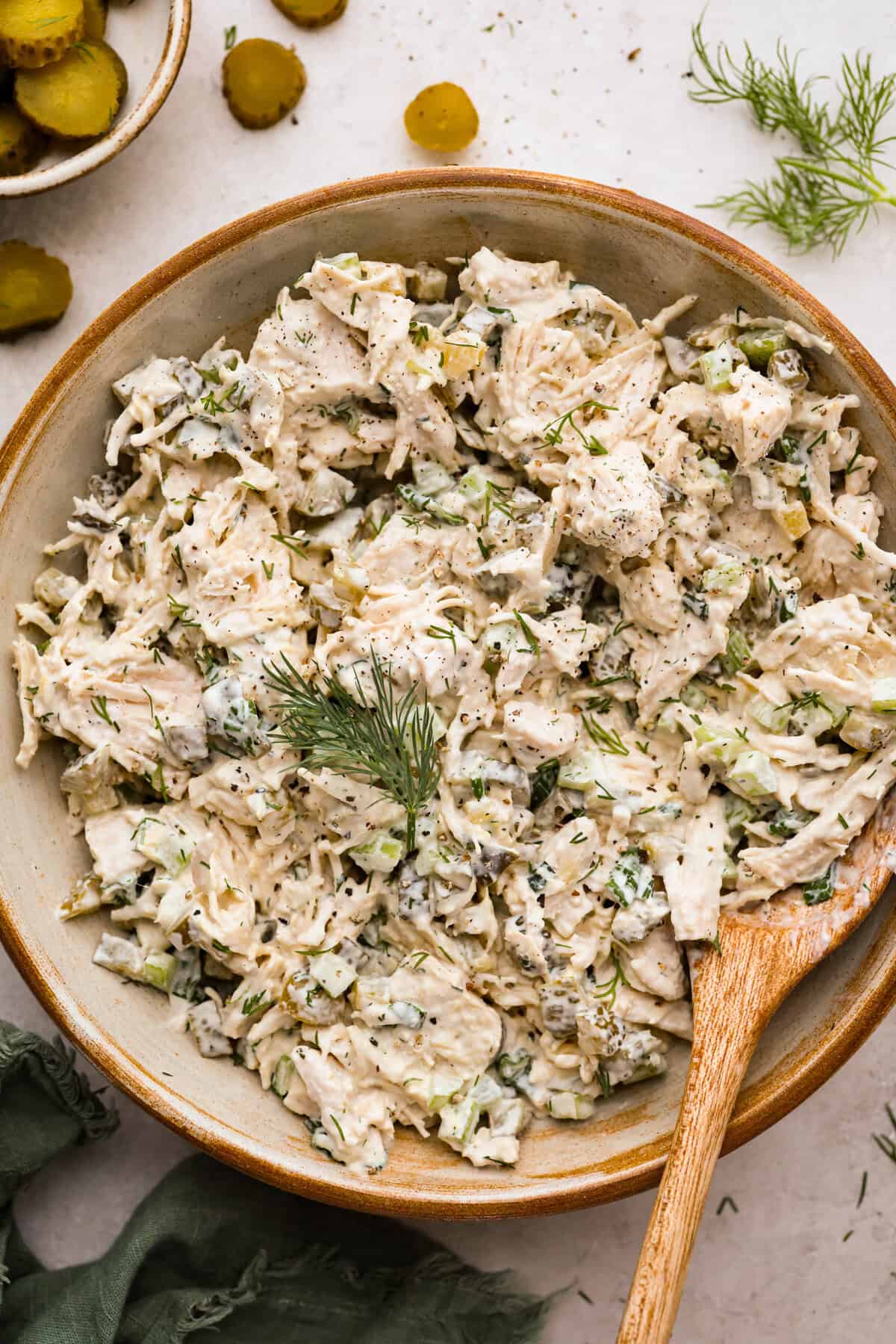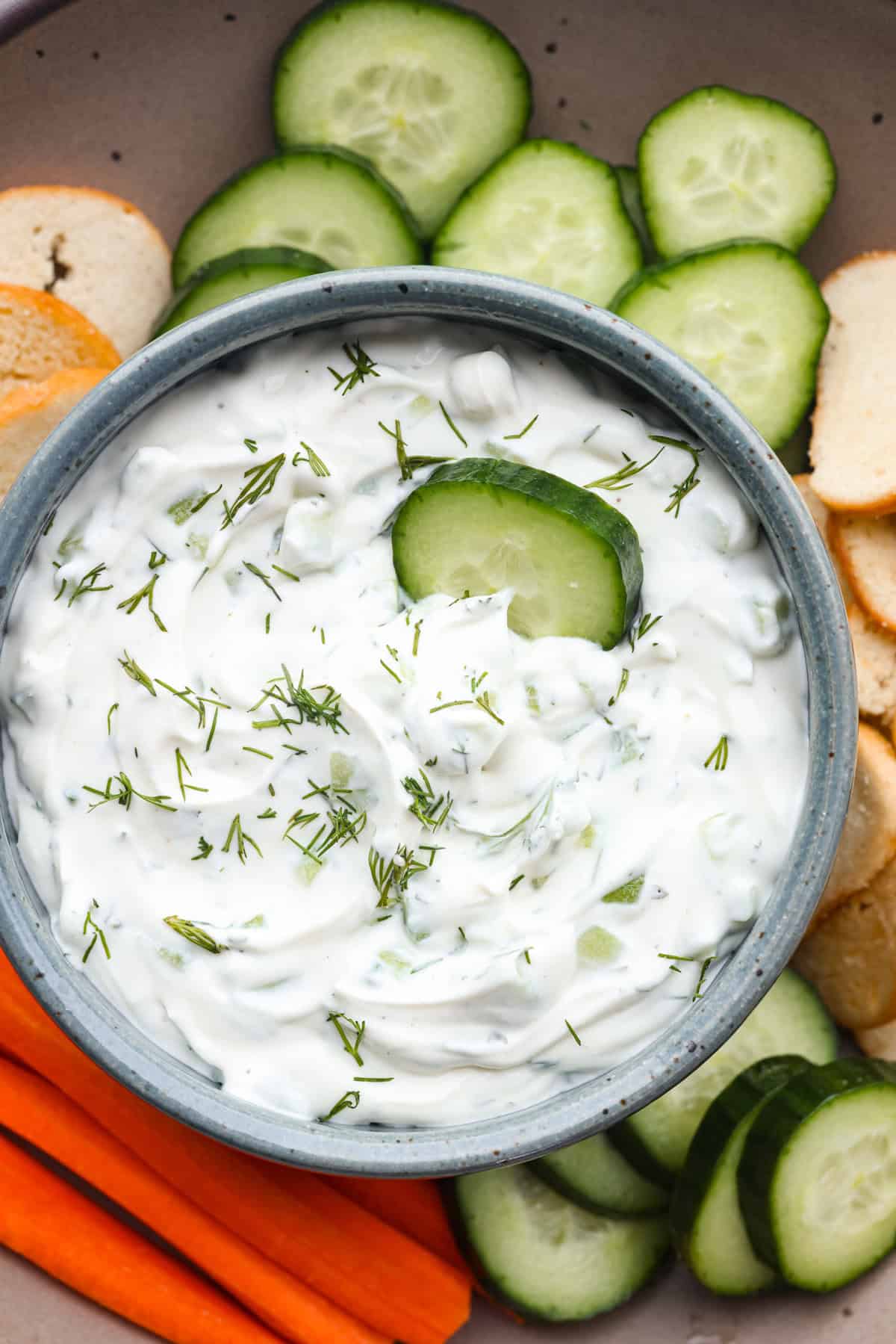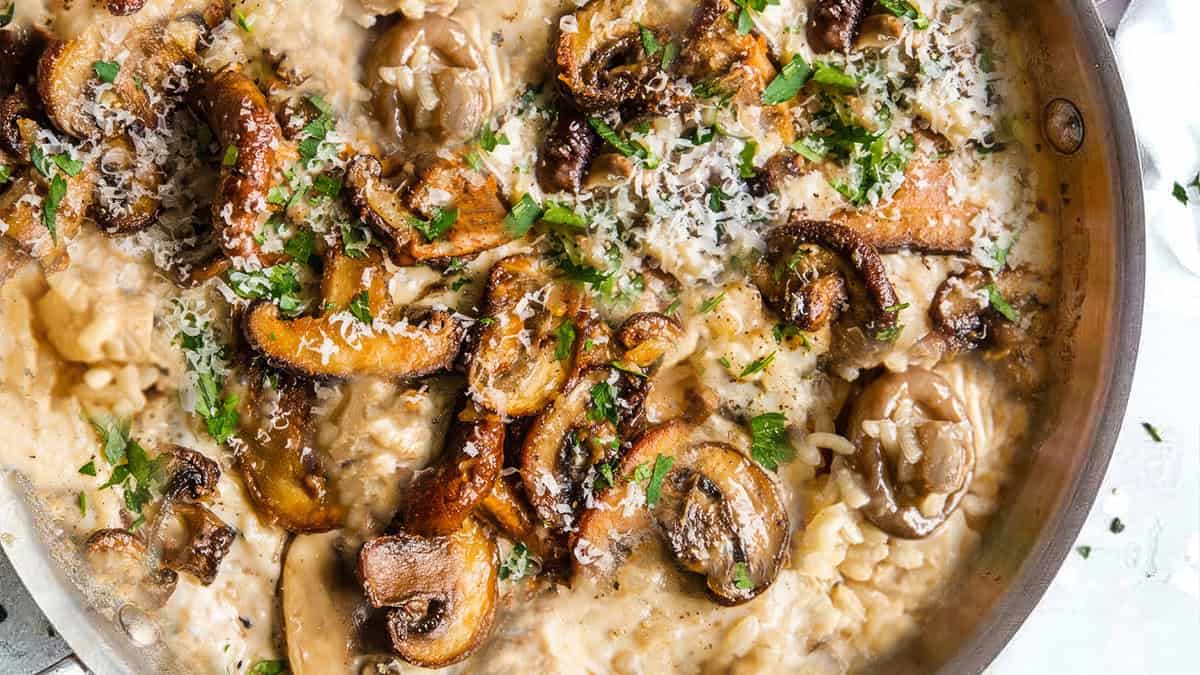This feels like the right time to tell you that I’m on a journey to learn how to cook venison. Not the farmed stuff—all respect to New Zealand, but that is a totally different thing. I’m talking about true wild, hunted venison. For now, I’ll have to skip the hardest part: harvesting a deer. Growing up in Southern Vermont, I’m no stranger to deer hunting. I even gave it a try—twice—but I’ve always struck out. Back then, my interest in hunting was purely limited to wanting to fit in with the kids at school, but these days, my fascination is more culinary. Luckily, my uncle Don was kind enough to gift me some venison from a four-point buck he tagged in the Green Mountains. (Thanks, Don!)
To start, I’m focusing on the most approachable cuts—the ones tender enough to be cooked as steaks or roasts. In terms of beef, think sirloins, strip steaks, filets, etc. Certainly there is a world of wild game stews, sausages, and charcuterie I’ve yet to dip my toes into, but for these more tender cuts, the name of the game is temperature: Try to not overcook them.
A lot of people love their venison rare or medium-rare. My early experiences leaned more toward medium-well or well-done, which never quite clicked for me. No shade—some experienced hunters and cooks prefer their venison cooked through. But for me, venison is just too lean to risk drying out.
I had some preconceived notions about the safety of eating underdone venison. After some research, I’ve been able to put those to the side. The risks associated are rare but real, and there are a handful of documented cases of foodborne illness linked to undercooked venison consumption. That said, wild game isn’t regulated like grocery store meat, so hard data is limited. It comes down to a personal choice, weighing the risk against the benefits, like with a steak tartare, raw oyster, or scoop of cookie dough. For me? It’s worth the gamble.
Among the cuts I was gifted were a tenderloin and a handful of unidentified muscles from the hindquarter. The cut that I thawed out to cook first looked to be, in my best estimation, the equivalent of a sirloin. Tender, and perfect for roasting.
I followed, roughly, this recipe from Danielle Prewett of Meateater, making a dried mushroom spice rub and roasting in the oven until rosy inside, a solid medium. I reduced some really good chicken stock, steeped with fresh herbs and garlic, finishing with some balsamic vinegar and a few knobs of butter for gloss. The roast, I sliced thin.
The verdict from our daring Test Kitchen staff: delicious. Many had never tried wild venison and likened the flavor to that of a more robust duck or a slightly less iron-heavy liver. It has so much character, the texture was firm, and the meat was anything but dry.
If I have a note for myself, I’d like to try to get a more even doneness next time. I’m looking for wall to wall medium-rare, but I ended up with a bit of that dreaded gray ring around the edges. A thicker roast, like a sirloin, could be a candidate for the reverse sear method. I will have to give that a try next time. The journey continues, be on the lookout for more.
Would you try rare venison, or would you rather it cooked through? Let us know in the comments.











 English (US) ·
English (US) ·